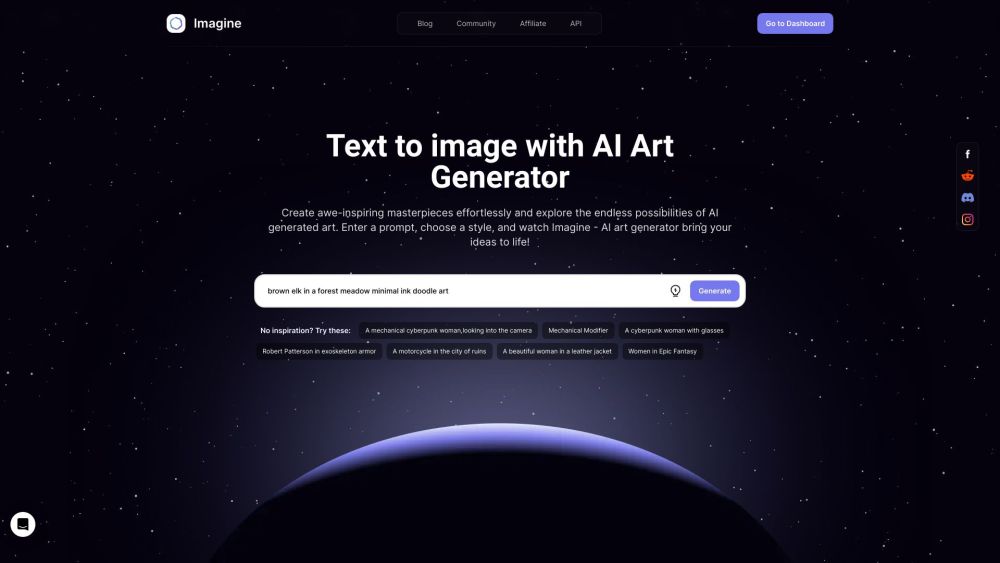China's AI Models Accelerate Global Expansion: Key Trends and Insights
As the demand for artificial intelligence (AI) skyrockets, China is primed to expand its AI models into international markets. The 2024 AI Index Report from Stanford University highlights that 15 leading AI models were launched in China in 2023. By early 2024, China surpassed 100 large models featuring over one billion parameters, deeply integrating AI into sectors such as electronics, healthcare, and transportation. This rapid advancement indicates a clear trend of Chinese AI companies—both established firms and startups—venturing abroad.
Factors Driving Global AI Expansion
Prominent Chinese tech companies, including Huawei, Alibaba, and iFlytek, have recently unveiled AI models for international markets. Huawei's "Galaxy AI Network" solutions launched in North Africa, while Alibaba Cloud announced its upcoming large model service platform, "Bailian." iFlytek showcased its products at the 2024 World Mobile Communication Conference, marking its entry into markets like Saudi Arabia, Singapore, and Malaysia.
The drive for international outreach commenced in 2023, with iFlytek's "Spark" model entering Singapore and Alibaba’s Damocles Lab debuting its Southeast Asian language-based AI model, SeaLLM.
According to Shen Yang, a professor at Tsinghua University, four main factors are fueling the global advancement of China’s AI models:
1. Market Share Expansion: China captures approximately 25-33% of the global AI market, encouraging firms to explore better opportunities abroad.
2. Rapid Technological Advancement: As China’s AI technology evolves swiftly, many countries remain in early stages, offering opportunities for product validation and enhancement.
3. Diverse Application Scenarios: Regions like Southeast Asia, North Africa, and the Americas provide fertile environments for deploying AI technologies.
4. Economic Collaboration: International efforts promote deeper economic partnerships with friendly nations.
Southeast Asia: A Preferred Destination
Southeast Asia emerges as a prime location for deploying AI models. Shen emphasizes that the market is ready for replicating China’s successful strategies, with lower operational costs enhancing its appeal. Currently, most AI models in the region originate from Western countries and primarily use English or other Latin-based languages.
Alibaba's Damocles Lab highlights that the SeaLLM model, trained on Southeast Asian languages, aims to enhance AI accessibility and support underrepresented communities in the digital landscape. E-commerce and logistics are key sectors targeted by Chinese AI models expanding into Southeast Asia. Innovations like AI-driven live commerce provide low-cost entry into this thriving market, boosting business volume and market share.
Additionally, regions in Latin America, the Middle East, and Africa show increasing demand for AI technology. Countries participating in the Belt and Road Initiative exhibit significant needs for infrastructure development, where AI models can expedite economic transformations.
Strengths and Challenges of Going Global
Recent discussions surrounding allegations of intellectual property issues underscore challenges related to AI development. Some industry experts argue that these incidents highlight China's competitive positioning in AI applications relative to the U.S.
Pan Helin, an expert from the Chinese Ministry of Industry and Information Technology, notes that China possesses significant advantages in foundational aspects of AI model development, especially concerning Chinese-language data and telecommunications technologies. These strengths enable Chinese companies to enhance their communications networks and computing capabilities as they expand globally.
However, international market entry necessitates careful planning. Shen advises that Chinese AI model companies do not need to develop fully proprietary technologies for global expansion. Leveraging diverse technology sources—such as U.S. AI model APIs, open-source software, and localizing existing models—is critical. Companies must also navigate various regulations regarding AI in different countries, particularly with recent stringent legislation enacted in the European Union. Proactively complying with local laws and addressing copyright risks will be essential for successful international operations.
In conclusion, China's AI models are gaining significant momentum as they target global markets. By leveraging their technological capabilities and addressing regulatory challenges, Chinese companies aim to make a meaningful impact in the international AI landscape.





